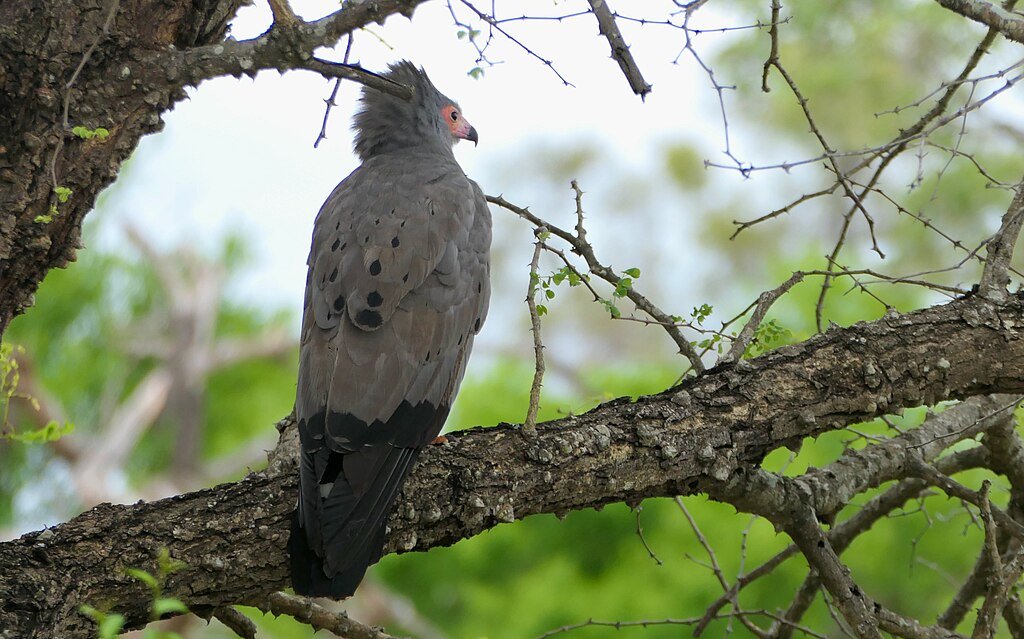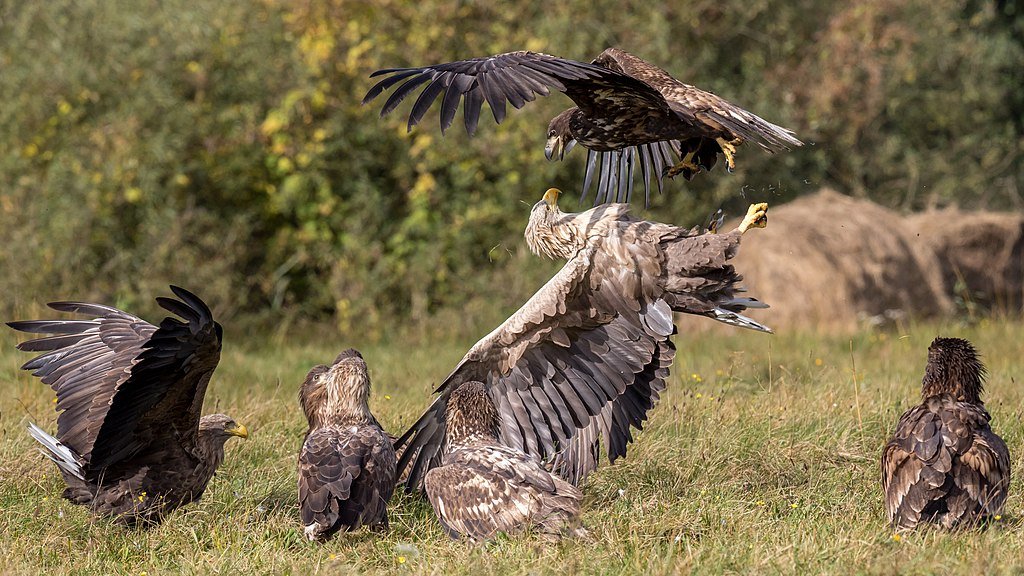Harriers, a group of hawks found across multiple continents, have evolved owl-like hearing to locate prey hidden in tall grass. A new study reveals that these raptors possess enlarged ear openings and specialized brain structures, allowing them to detect sounds with remarkable accuracy.
How Harriers Use Sound to Hunt

Unlike most hawks that rely primarily on vision, harriers fly low over fields with their beaks pointed downward, listening for prey movements. Researchers found that their auditory nuclei, responsible for processing sound location, are significantly expanded, enabling them to pinpoint prey much like owls do.
Facial Structure Enhances Hearing
Scientists observed that harriers share facial disk-like features with owls, helping them funnel sound waves toward their ears. Their adaptation enables them to locate rodents and insects hiding beneath vegetation, allowing for more efficient hunting techniques compared to other hawks.
Hunting in Different Light Conditions
Harriers rely on their enhanced hearing even in low-light environments, such as during dusk and dawn when visual hunting is more difficult. Their ability to track rustling prey sounds gives them a distinct advantage in spotting food regardless of visibility.
Comparing Harriers to Other Raptors

While eagles and falcons rely primarily on keen eyesight to spot prey from great distances, harriers’ low-flight style and sound-based detection make them unique among raptors. Their hunting strategy allows them to detect prey hidden by vegetation, giving them access to food sources that visual hunters might miss.
Implications for Conservation and Research
Understanding harrier auditory adaptations can help conservationists protect their habitats and predict how they might respond to environmental changes. Future research may explore whether other raptors have similar hidden sensory abilities that aid in hunting.
Conclusion

Harriers have evolved owl-like hearing, giving them a unique advantage in detecting prey in dense vegetation. This discovery reshapes our understanding of raptor hunting strategies and highlights the complex sensory adaptations that drive survival in the wild.
Source:





